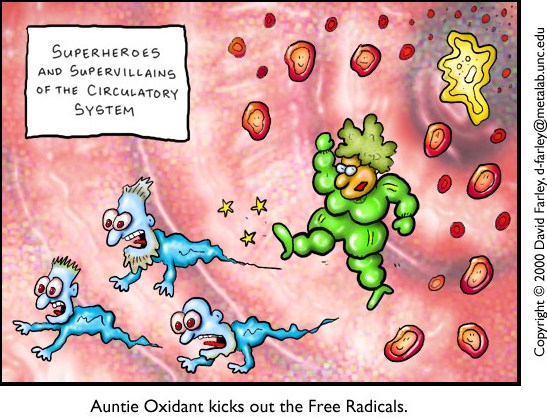Free Radicals, Crossfit, and Supercompensation
I eat paleo a few times year. Typically for about a month at a spell. The rest of the year I follow what Zach Filer of Old Country Iron Club calls Spartan Diet. This way of eating suits me because it has a few more food options than paleo does and I respond well to paleo no-no’s such as yogurt.
The Spartan Diet is essentially The Mediterranean Diet tweaked to deliver calorie dense nutrition for athletes. The need for this nutritional plan came in response to meet the recovery needs of athletes undergoing six week long waves of progressive barbell training called Caliber Cycles.
The details on how to follow The Spartan Diet will be the topic of future posts but some basic foundational principals include:
- High white meat intake
- High vegetable intake
- High olive oil intake
- Moderate red wine intake
- Low red meat intake
- Limited grain intake
- Yogurt with berries daily- see as follows.
This is a performance diet. Will you lean out? Yes, but that is not the point. There are dozens of weight loss diets out there to choose from if that is what you are looking for. This nutrition gives you your best shot at recovering from a heavy 5,5,5+ on Monday in time to do it again on Wednesday without over training.
If you google search “oxidative stress” with “Exercise” or “Crossfit” you will likely come across alarming blogs and studies that demonstrate that “extreme” exercise releases FREE RADICALS! For example: P90X and Crossfit Athletes Beware
The relationship between increased free radical production (RONS) and exercise was first demonstrated by the early work of Dillard and his colleagues in 1978. Since that time there have been nearly 300 original studies published exploring this relationship and how to mitigate it. Wellman and Bloomer’s Acute Exercise and Oxidative Stress: A 30 Year History is a comprehensive summary of that work and is worth a read. The main points are summarized below.
This post began as a research project on which anti-oxidant supplements would be most effective for blunting the spike in Free Radical (RONS) production associated with high intensity exercise. My research pointed me in another direction though. Free Radicals are not the villains they appear to be.
- RONS are produced by high intensity exercise
- Conditioned athletes only produce spikes in RONS with higher intensity training
- Free radicals are agents of cellular damage and aging
- Anti-oxidants can act as “mops” that soak up or neutralize free radicals
- For decades researchers have attempted to isolate the perfect combination of anti-oxidant supplementation to minimize the post exercise spike of RONS.
- These studies were rarely successful
- When the proper dosage and timing of vit. C, E, Co Q10 etc. was isolated, the results were surprising
- Those test subjects who experienced a successfully blunted RONS production also experienced a blunted training effect.
- They did not exhibit the typical positive results of exercise such as increased insulin sensitivity, strength gains, increased production of superoxide dismutase etc. (1,2)
- RONS appear to play a role as messenger to stimulate a compensation response that causes the health benefits of exercise.
- As with all stimulation, there appears to be an ideal volume of RONS production which stimulates an acute anti-oxidant response (4) and adaptation or supercompensation. Below that volume, the body does not respond. Above that volume tissues are damaged. (5)
- Anti-oxidant supplementation for the purpose of mitigating exercise induced RONS production is only recommended when training beyond your fitness level in the case of an unusual event that exceeds your body’s capacity to respond such as a 50 rep max, marathon, competition, etc.
For normal training I recommend low volumes of whole food sources of anti-oxidants in the form of blue berries, cherries, raspberries etc. The anti-oxidants found in these whole food sources evolved over millions of years to withstand the oxidation of constant sun exposure. The relative volume of anti-oxidants present in this whole food sources is low but diverse and has been shown to improve anti-oxidant response following acute training bouts of training. (6)
Conclusion:
Yes free radicals cause cell damage which causes aging and yes intense exercise causes an acute spike in free radicals but please don’t throw the baby out with the bath water. Those regular spikes in ROS free radicals cause your body’s adaptive reactions that make you a fitter athlete and person. It makes your body more resilient to normal daily free radical deluge that your body endures every time you consume food and every time you are exposed to sunlight. The best way to manage your ROS balance is to have a fit oxidative response. High intensity exercise is how your body gets it’s oxidative swole on.
1) Wellman and Bloomer’s
2) Gomez-Cabrera
J Physiol. 2005 Aug 15;567(Pt 1):113-20. Epub 2005 Jun 2.
5) SCOTT K. POWERS and MALCOLM J. JACKSON
6) Traustadóttir, Davies

